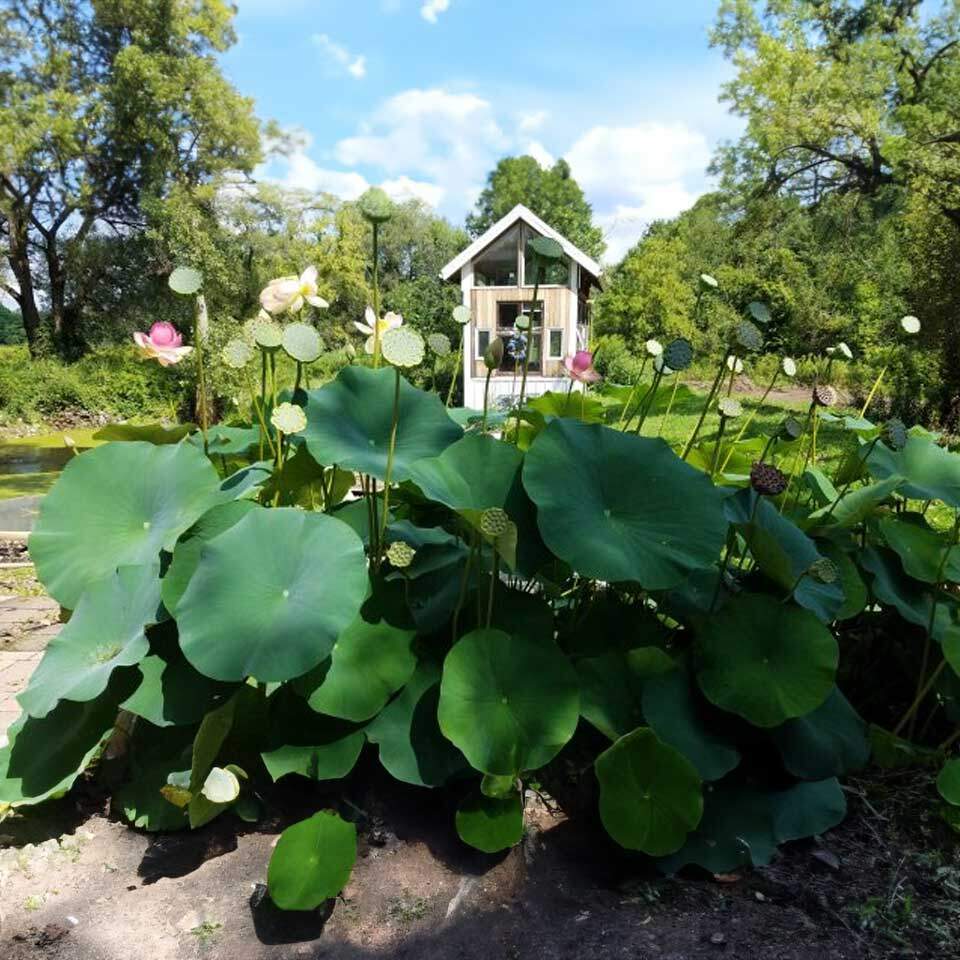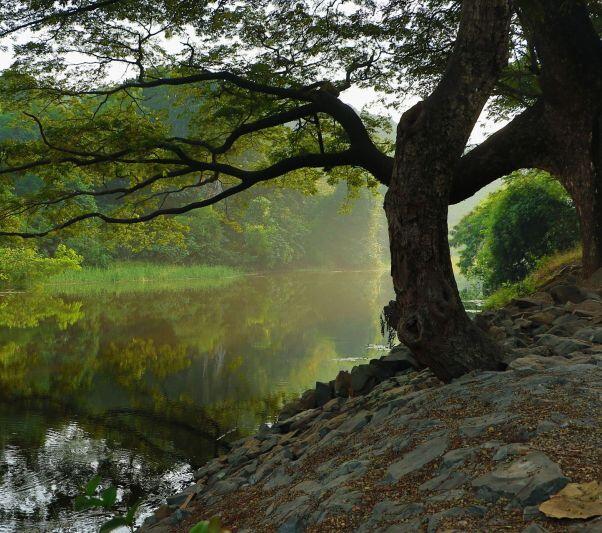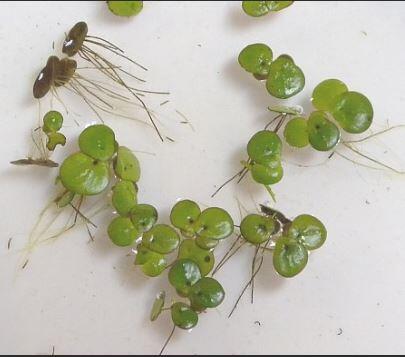
Pink, night blooming tropical water lily
Aquatic plants, also known as water plants, bog plants or macrophytes are a diverse group in aquatic systems. They include floating species that grow on the surface of the water without rooting to the substrate. There are emergent species of aquatic plants that root in the pond substrate and grow above the water surface. There are also submerged species of aquatic plants that root in the pond substrate and grow completely underwater.
Aquatic plants benefit a pond, lake or water garden by providing structure and habitat for fish and insects, by filtering nutrients out of the water, stabilizing soils from eroding and by improving the aesthetics of a pond or water garden. The choices of aquatic plants can be overwhelming but if you plan ahead you can make the right choice of aquatic plants for your pond.
The first step to choosing aquatic plants is to be honest with yourself and determine what kind of gardener you are. Are you the kind of gardener that is willing to do the extra homework and give the extra care needed to plants that don’t normally grow in our climate? Are you the kind of gardener that buys only what is guaranteed to survive on neglect? Most of us are somewhere in the middle.

Native pond plant, Lizard’s tail

Day blooming tropical water lily
Although some aquatic plants have very specific care requirements, like the lotus, most can be cared for the same way. In the spring pull plants closer to the water surface if they are in pots. Remove any brown or decaying plant foliage to make room for new growth. Poke your finger in the pot to determine if the plant is root-bound or producing a foul odor. If it is not, add 1 to 2 aquatic fertilizer tablets in the soil around the base of the aquatic plant.
In the summer remove brown or yellowing leaves and deadhead flowers to improve the performance of the aquatic plant as well as limit the amount of nutrients available for algae to grow. (In large ponds use beneficial bacteria to help digest decaying plant material over the summer.) If your plants are grown in pots make sure the plant does not become too root bound. When it is time to split your aquatic plants, split the plants the same way you would a hosta by finding where stems or new growth clump together and chop in between those clumps. You can either repot your new plants in their own new pots or add the extra plant material to your compost pile. To plant water plants simply place the plant in a container with 1 or 2 aquatic fertilizer tablets and fill the pot with a sandy clay soil. You don’t need anything special but be sure to avoid potting soil because it is too loose to keep in a pot under water and because it is packed with nutrients that will cause an algae bloom. If the soil grows grass it will grow aquatic plants. Add a thin layer of pea stone to the top of the soil to keep the soil in the container then add the plants back to your pond or water garden.

Native pond plant, Marsh betony
By using the guidelines above you can be sure that the next aquatic plant you purchase will perform the way you expected. Aquatic plants can soften a pond’s edge or water feature, control algae by controlling the amount of nutrients in the water and provide habitat and shade for your fish all while looking beautiful. Please call us or contact us today to select the right plants for your pond, water garden or water feature.



